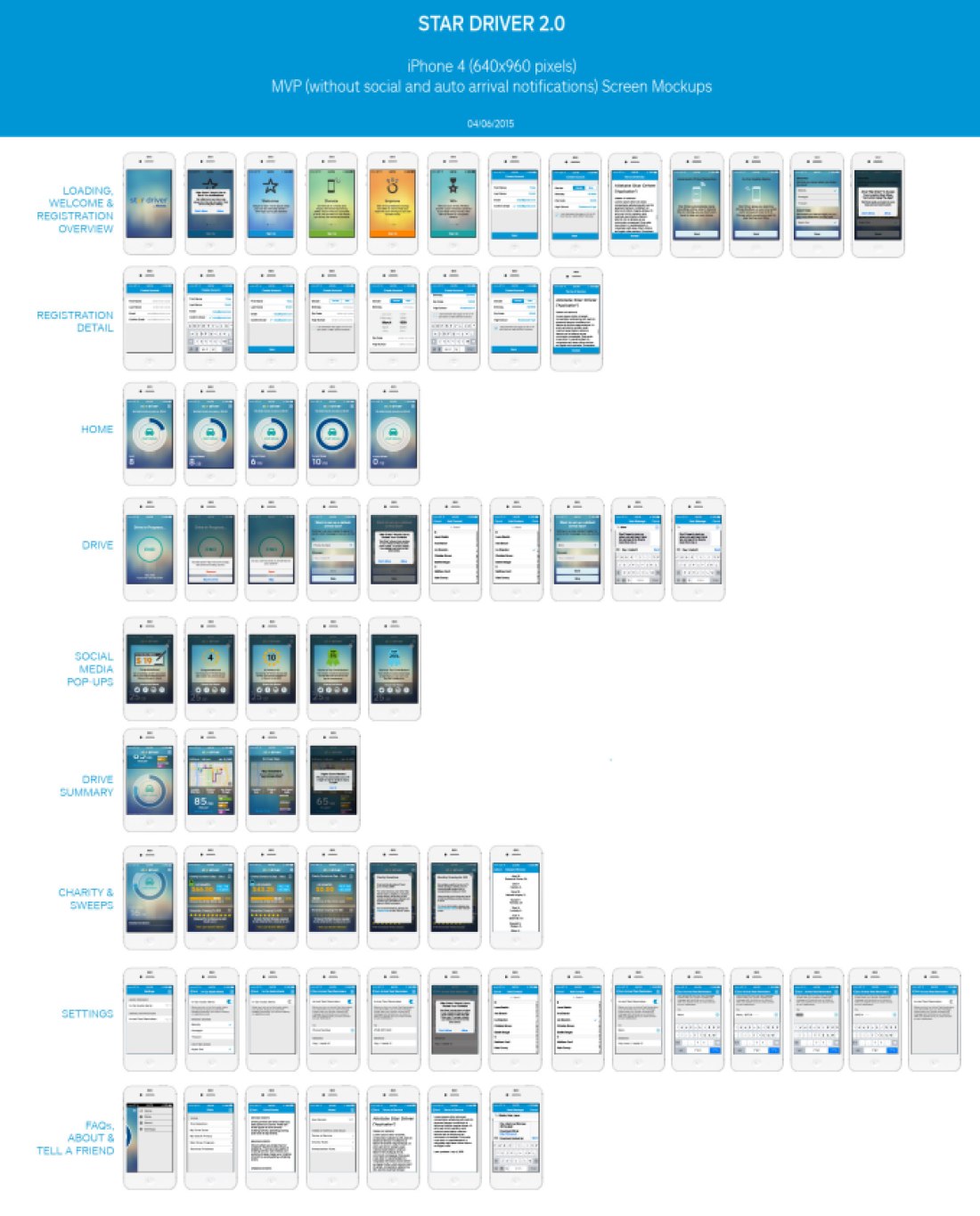Safe Talk, Safe Ride
Hands-free communication with your kids as if you’re right next to them
Partners: Megan Chiou and Michael Coronado
Riding as a family brings a sense of freedom, exploration and bonding that results in lasting memories and healthy habits. However, family riding may not always be a “ride in the park,” especially for those with children who like to speed ahead. Many parents have experienced those helpless moments when their children ride too close to a busy road and think, “Will they hear me if I scream STOP”?
Com-Com was developed to prevent these frightening situations by putting parents in direct communication with their children as if they are right next to them. Com-Com is specially made for easy communication using a convenient button on the handle bar grip so as to maintain balance and continued movement. Com-Com will allow parents to communicate with their child from a distance and convey safety through guidance.
.
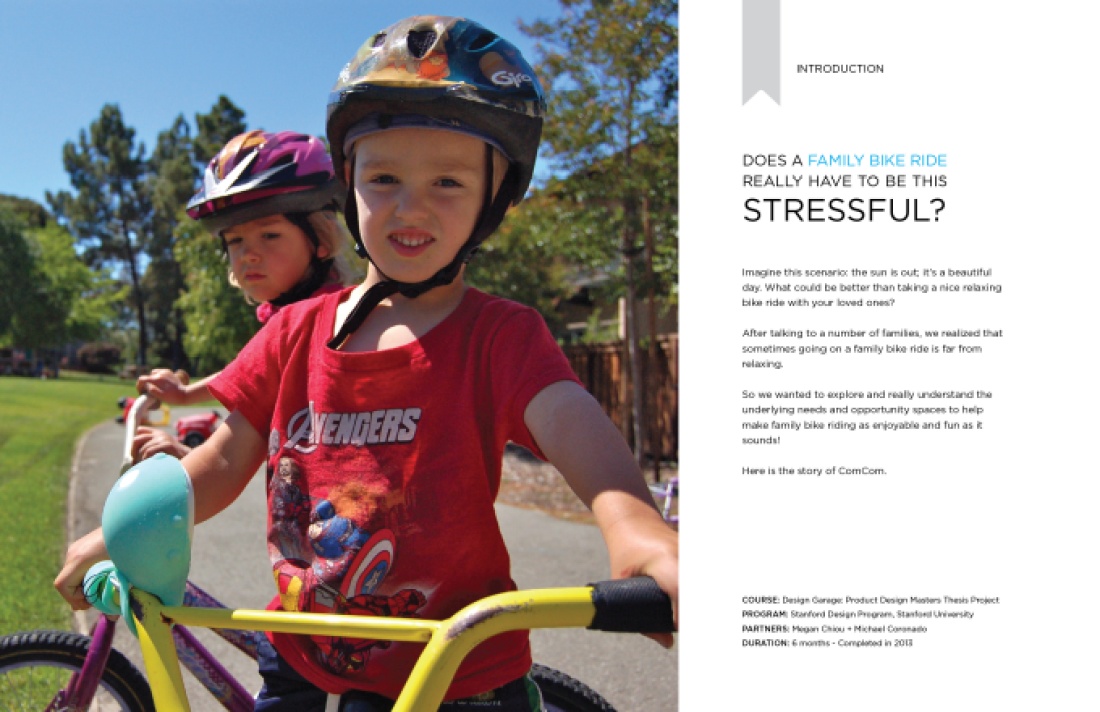
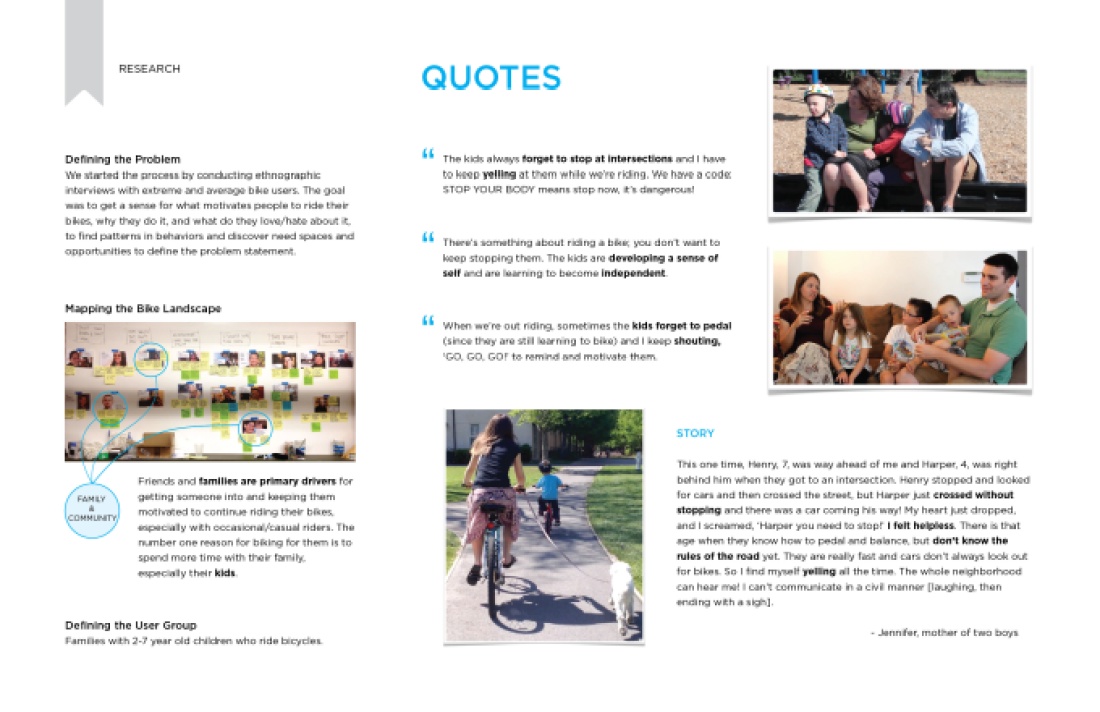
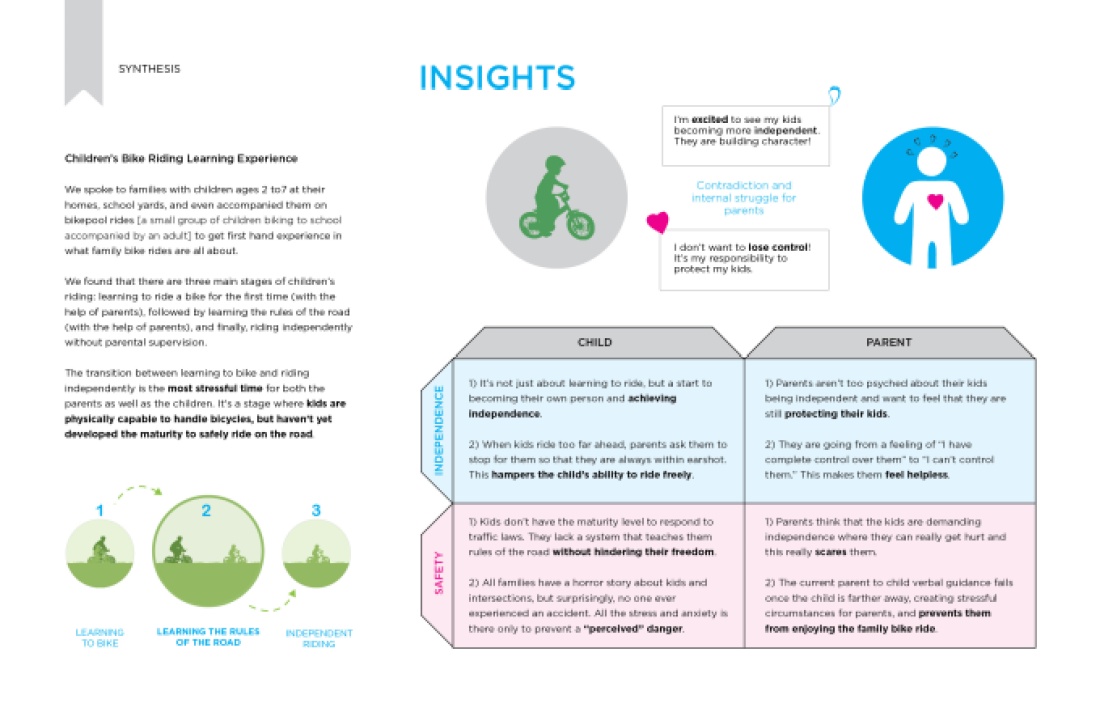
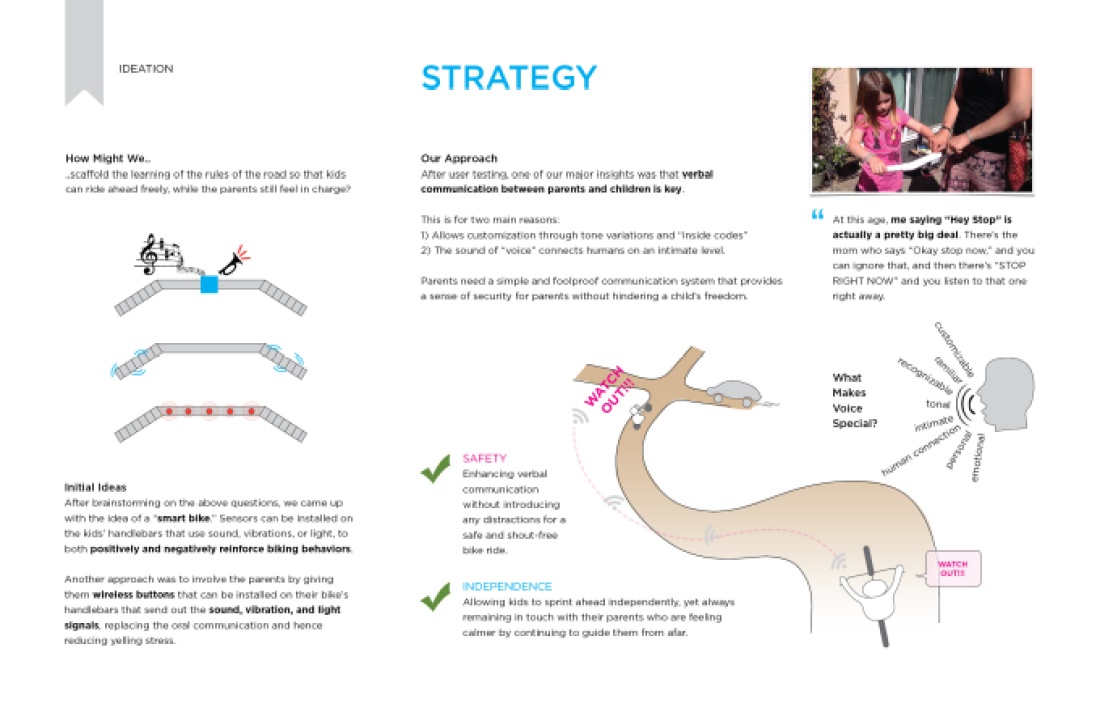
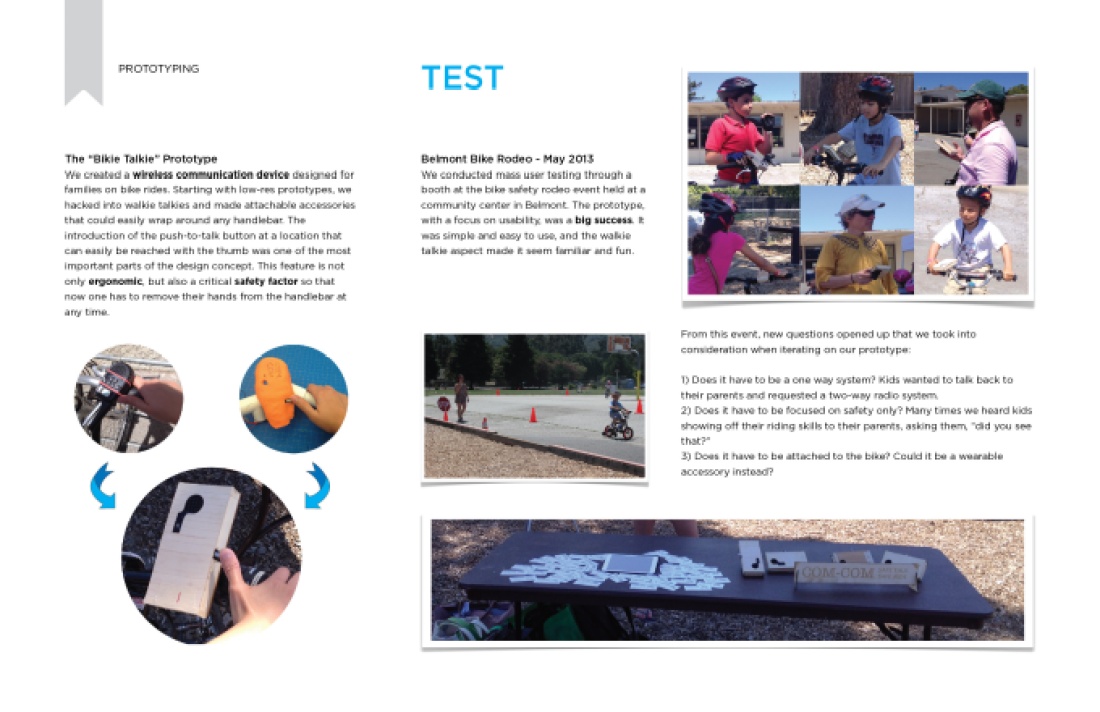
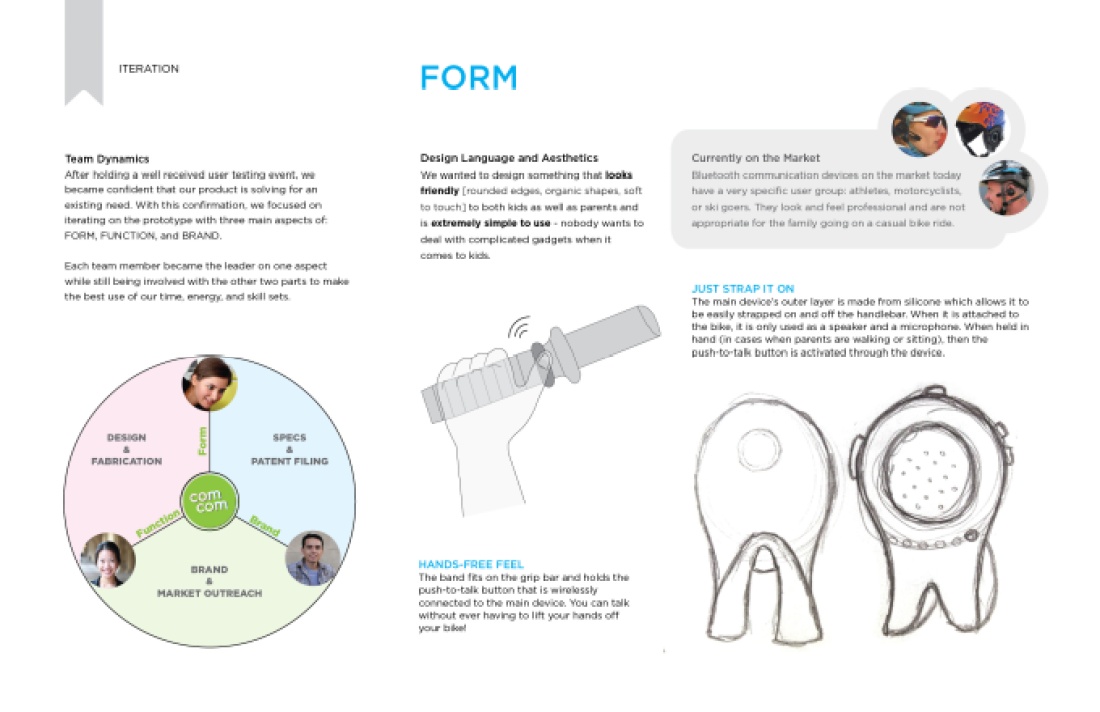
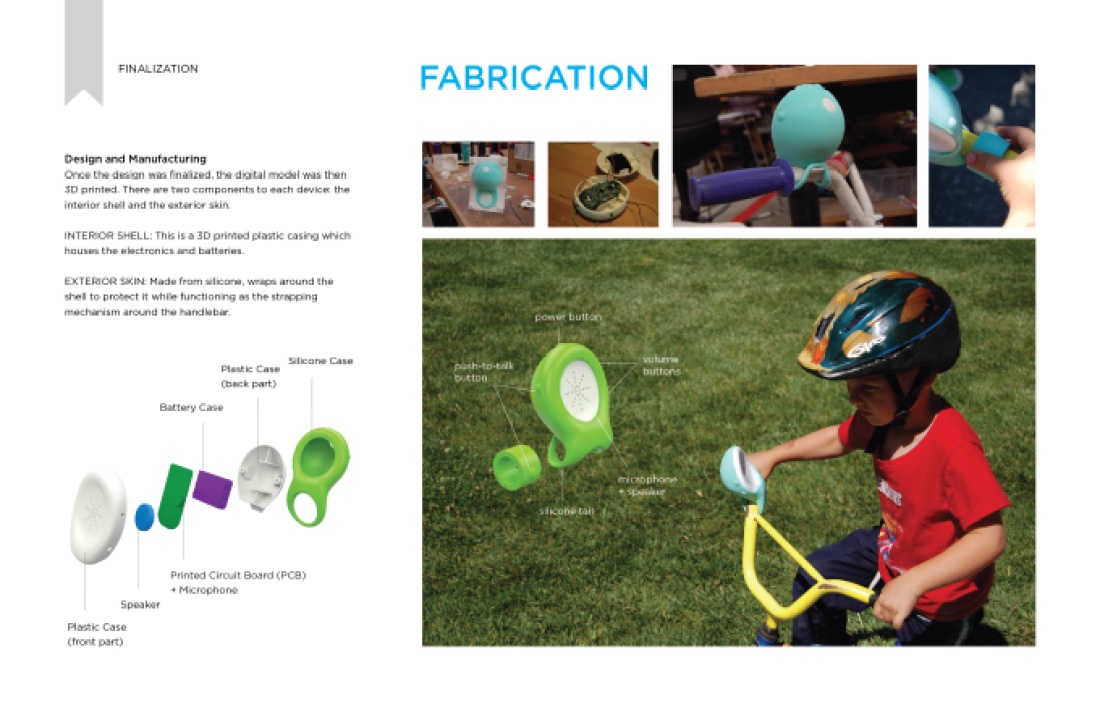
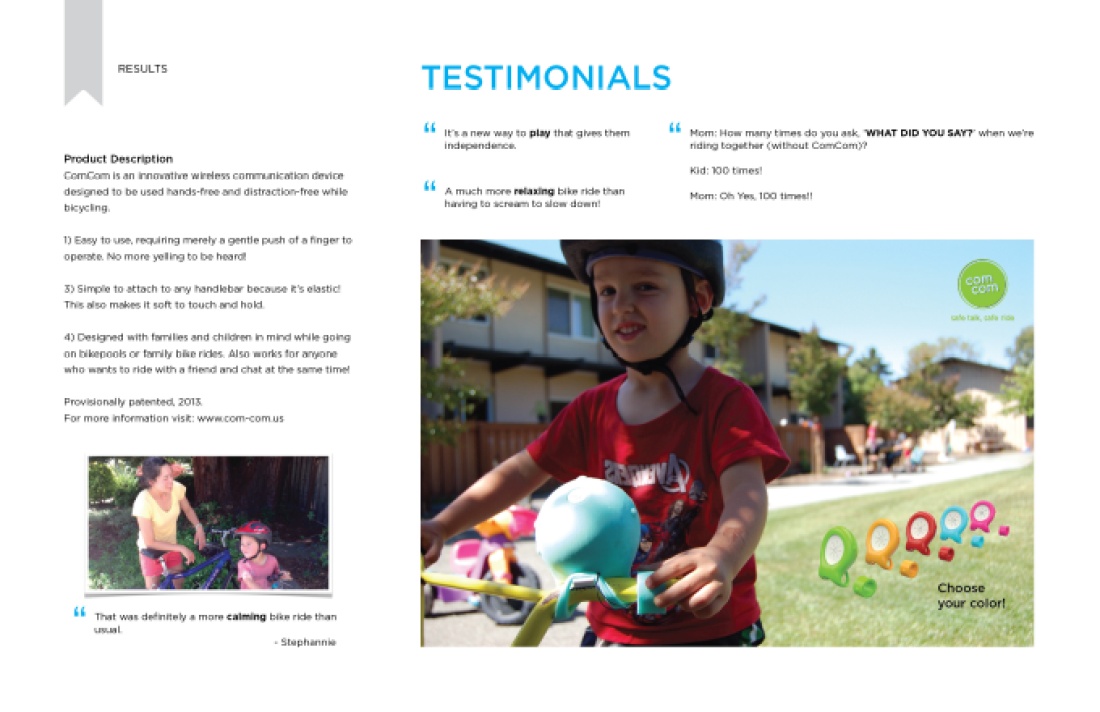



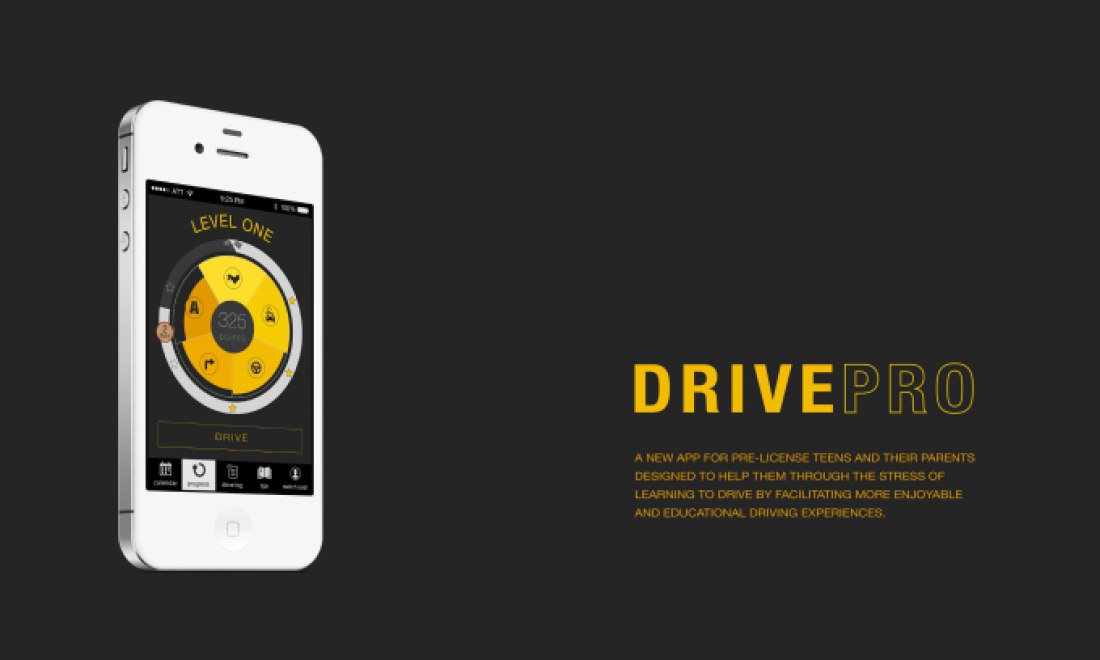
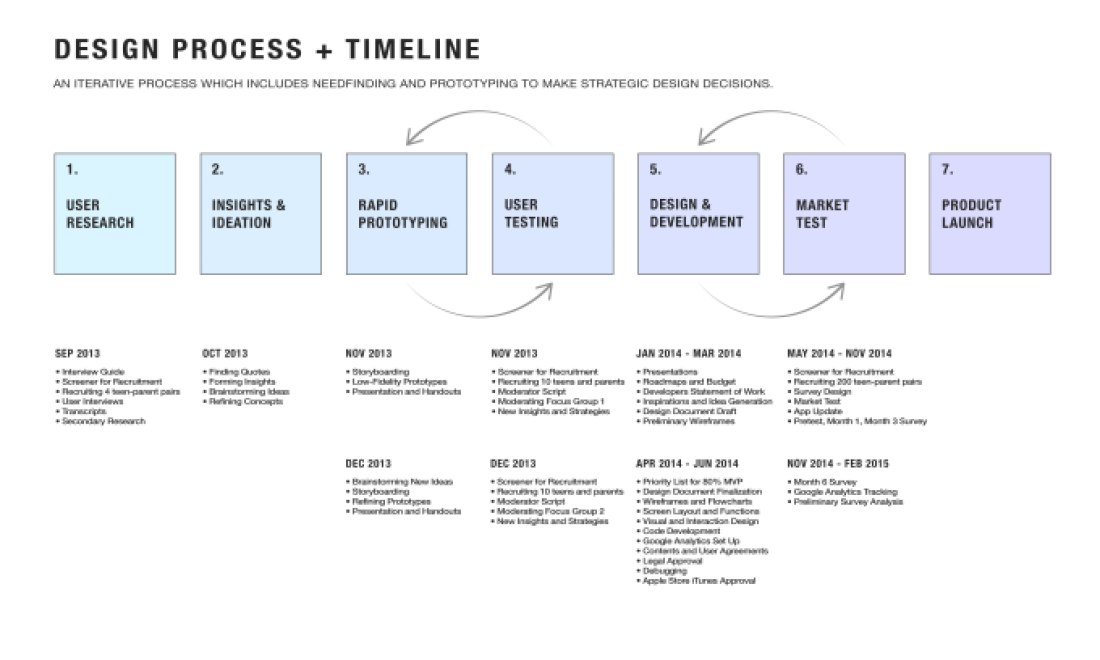
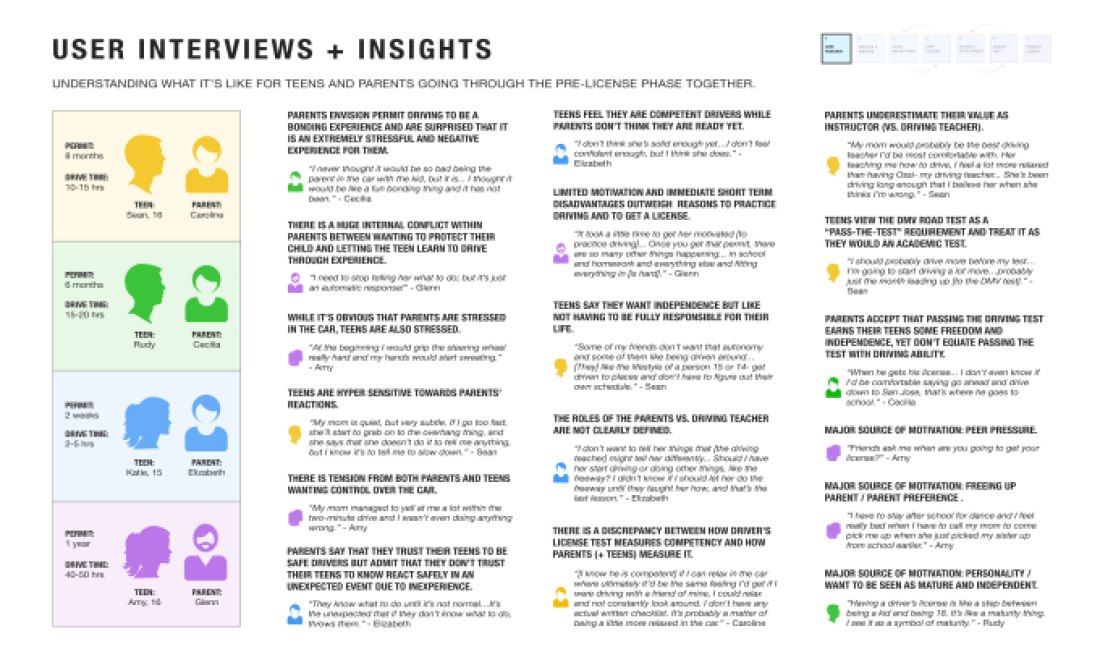
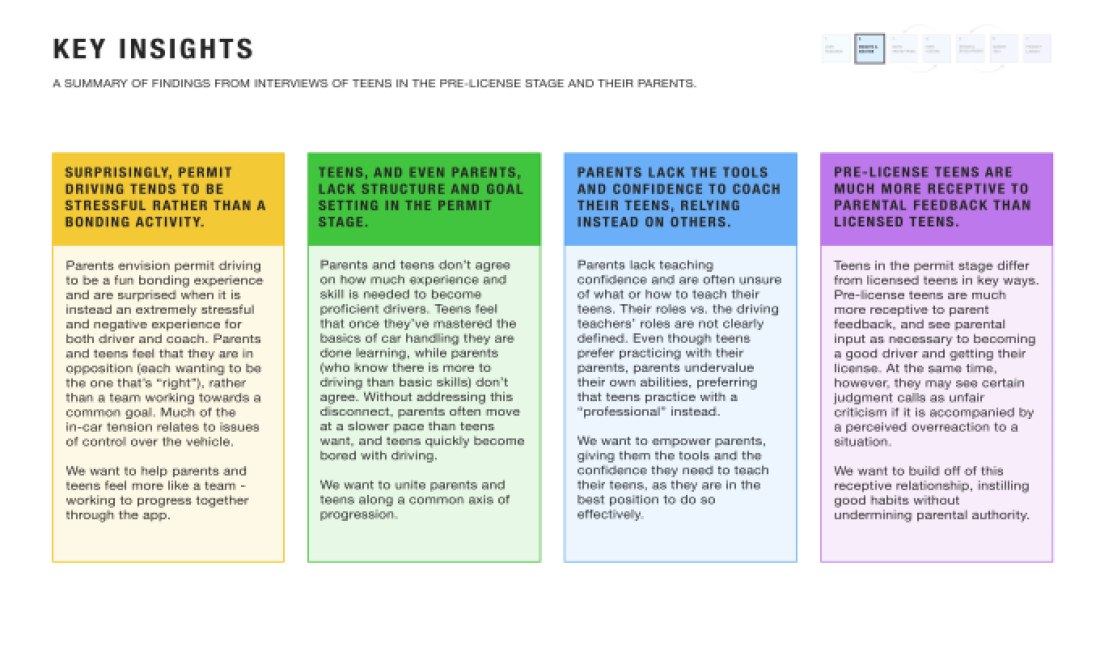
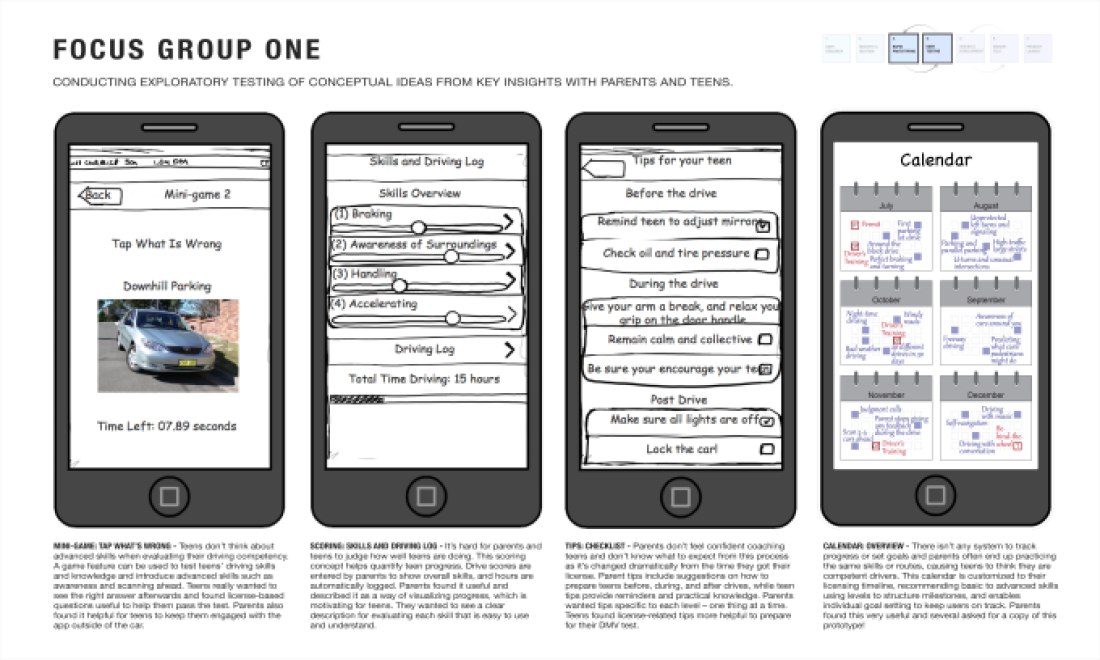
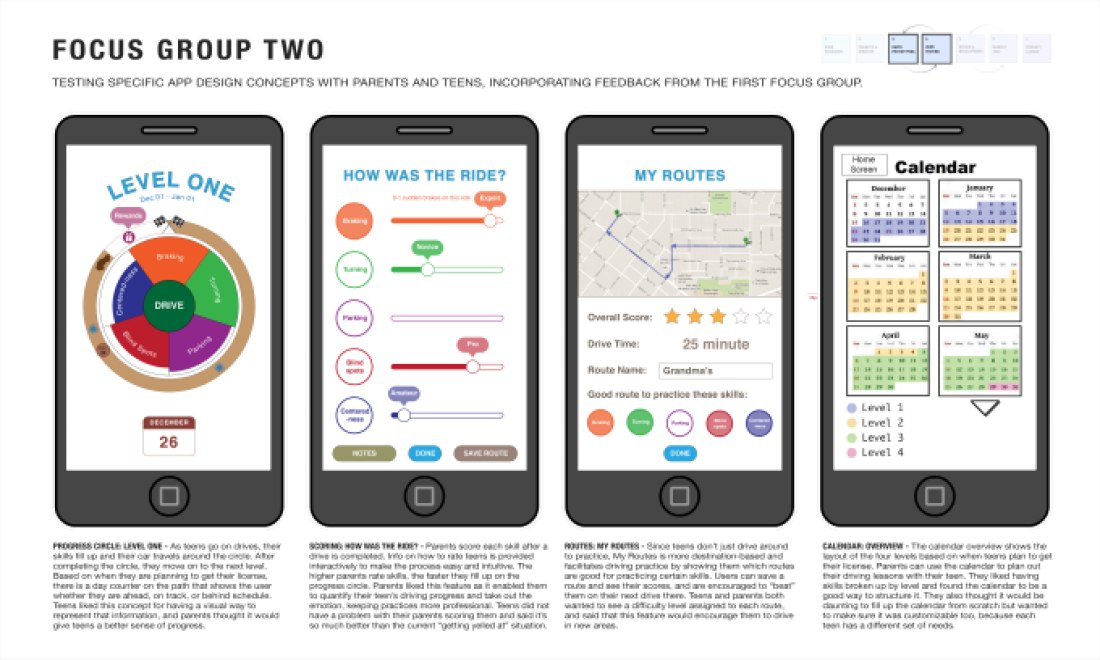
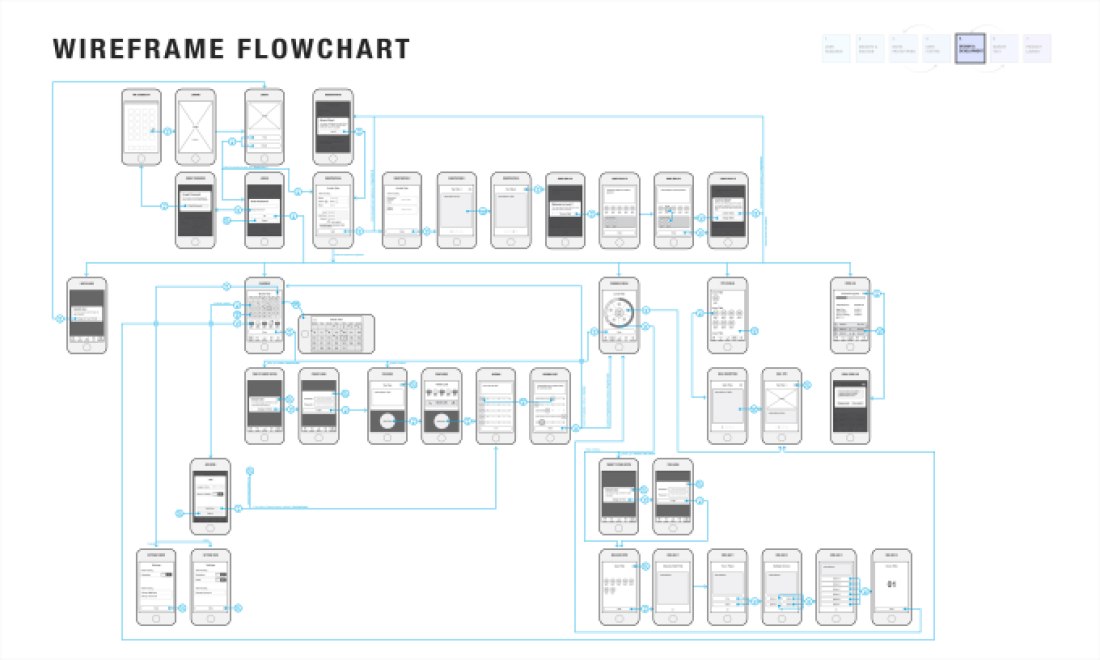
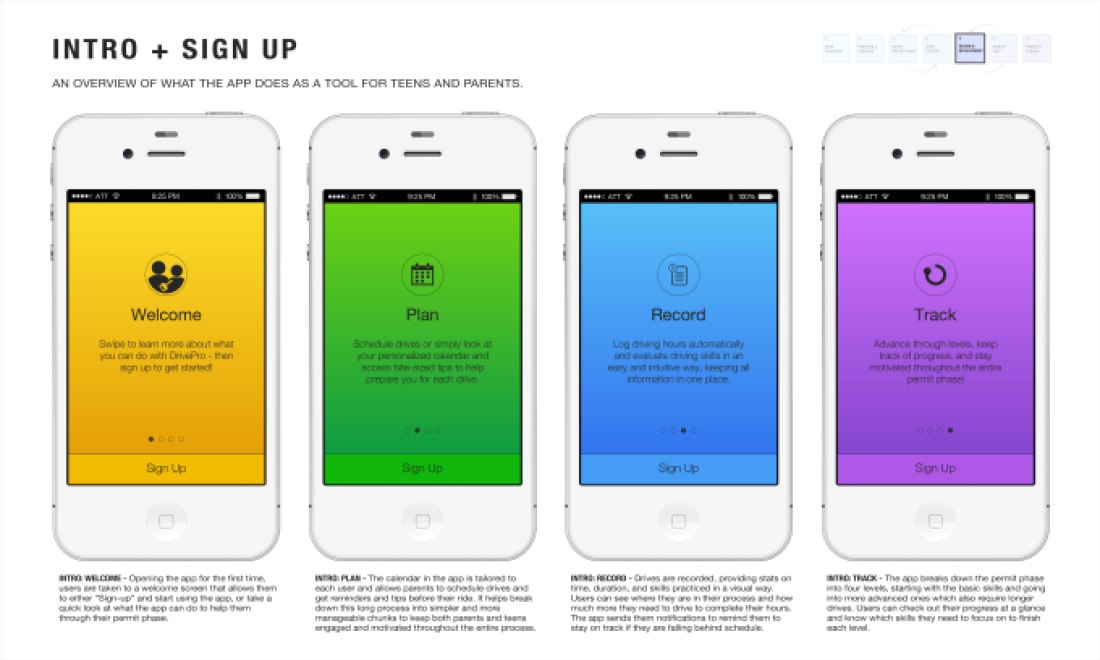
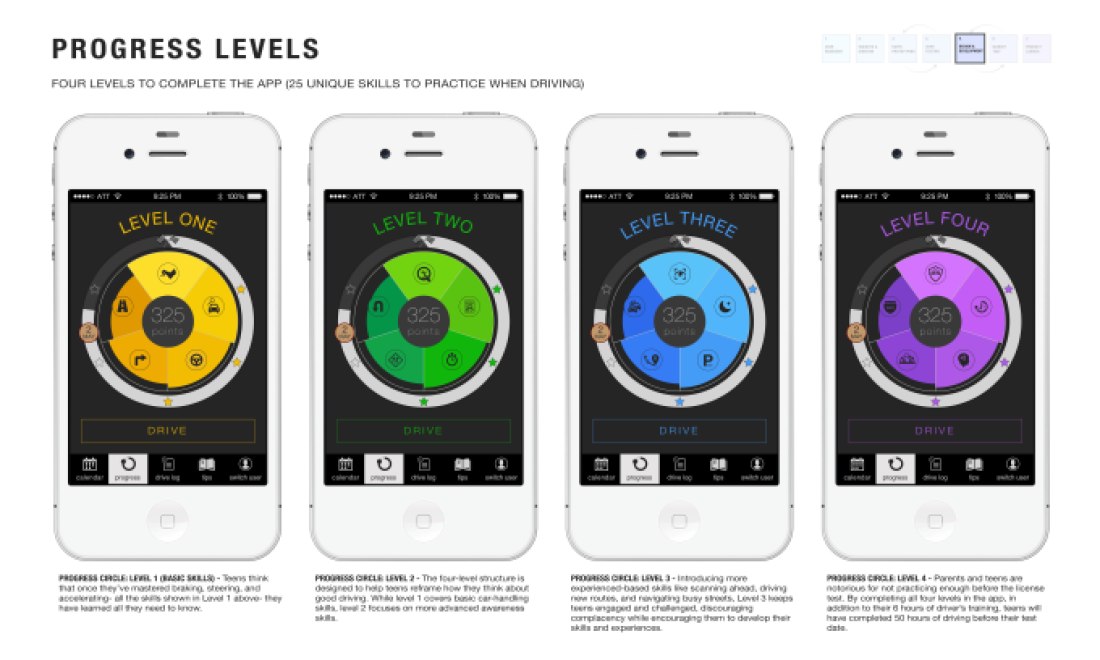
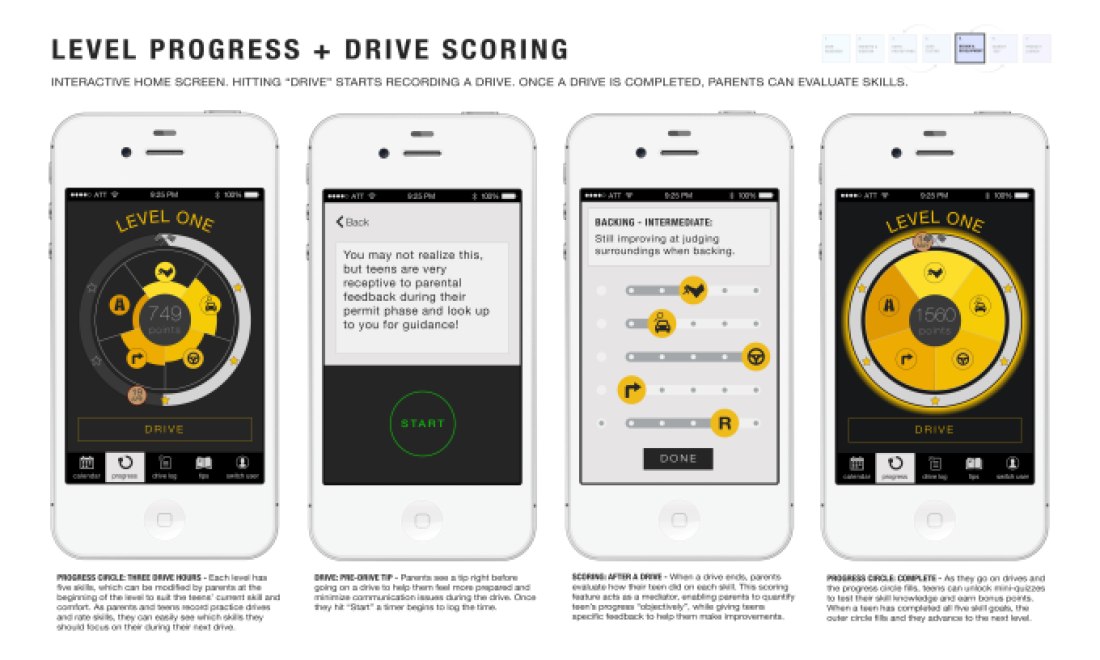
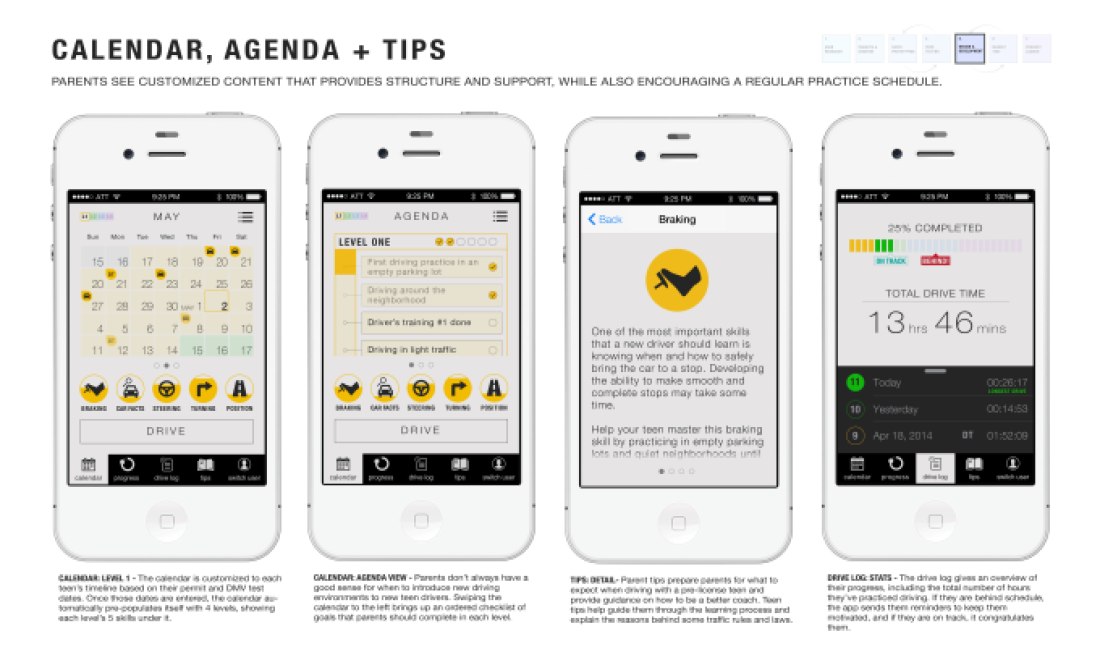
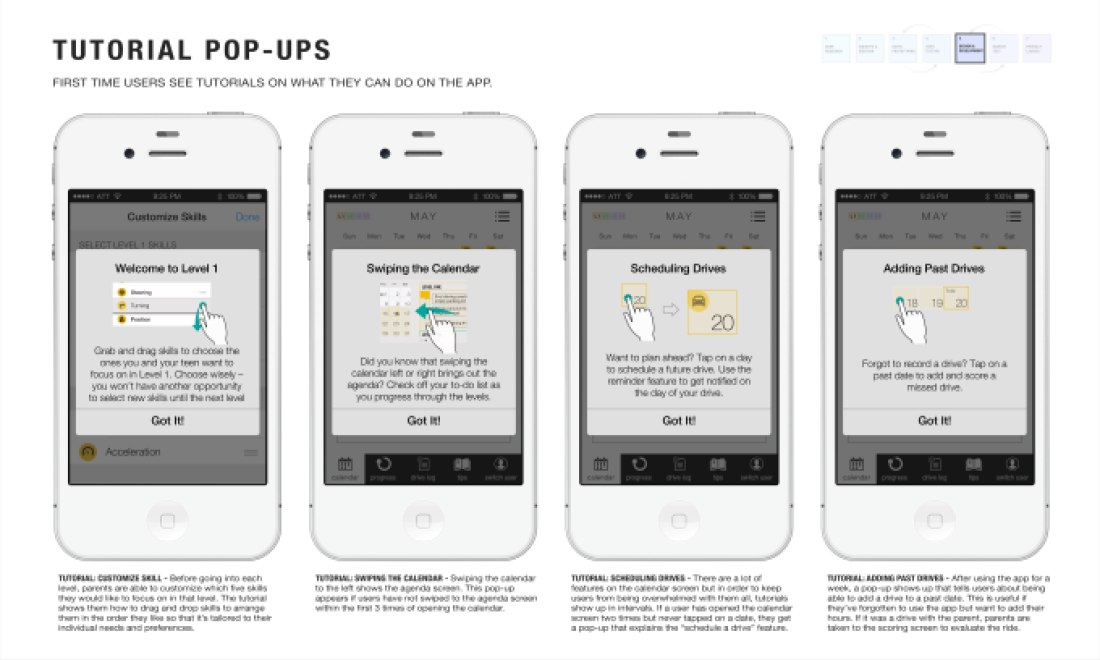
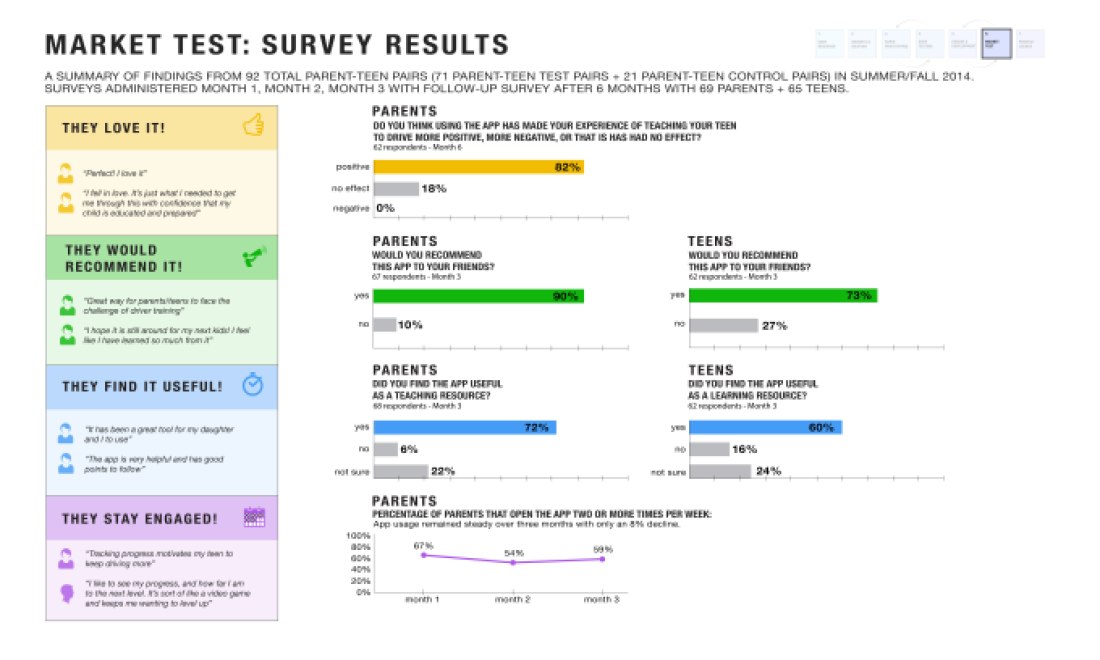
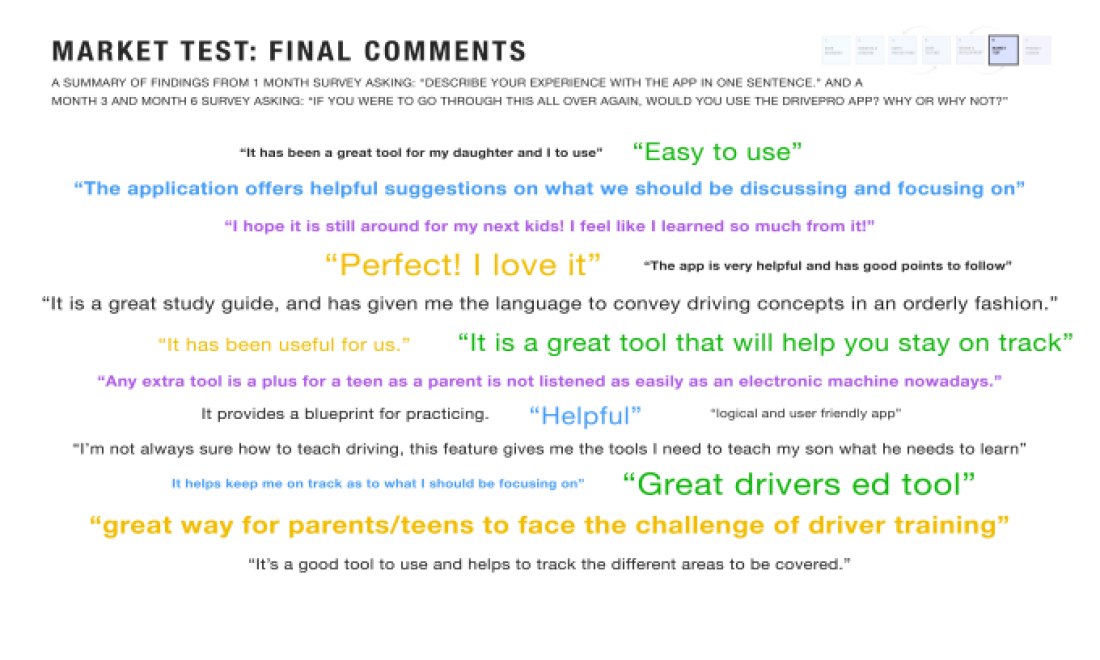

















































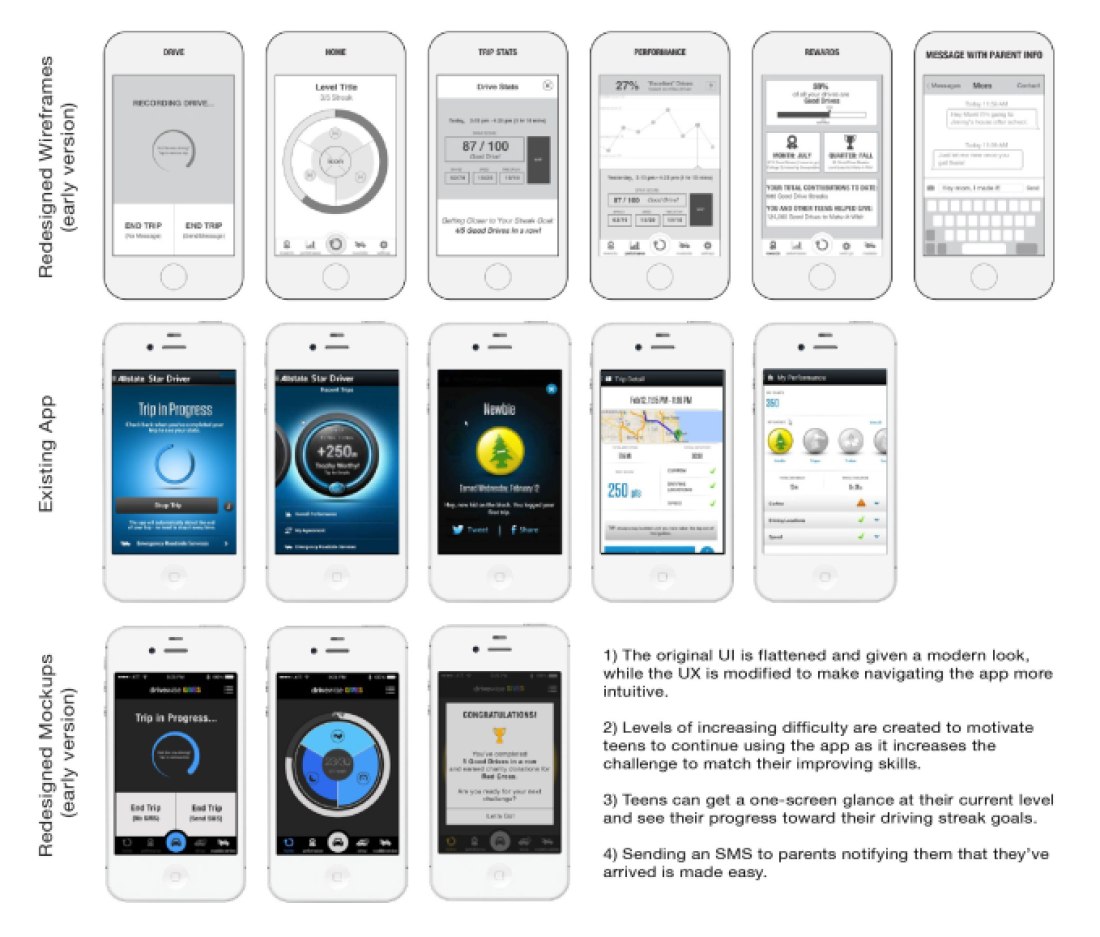
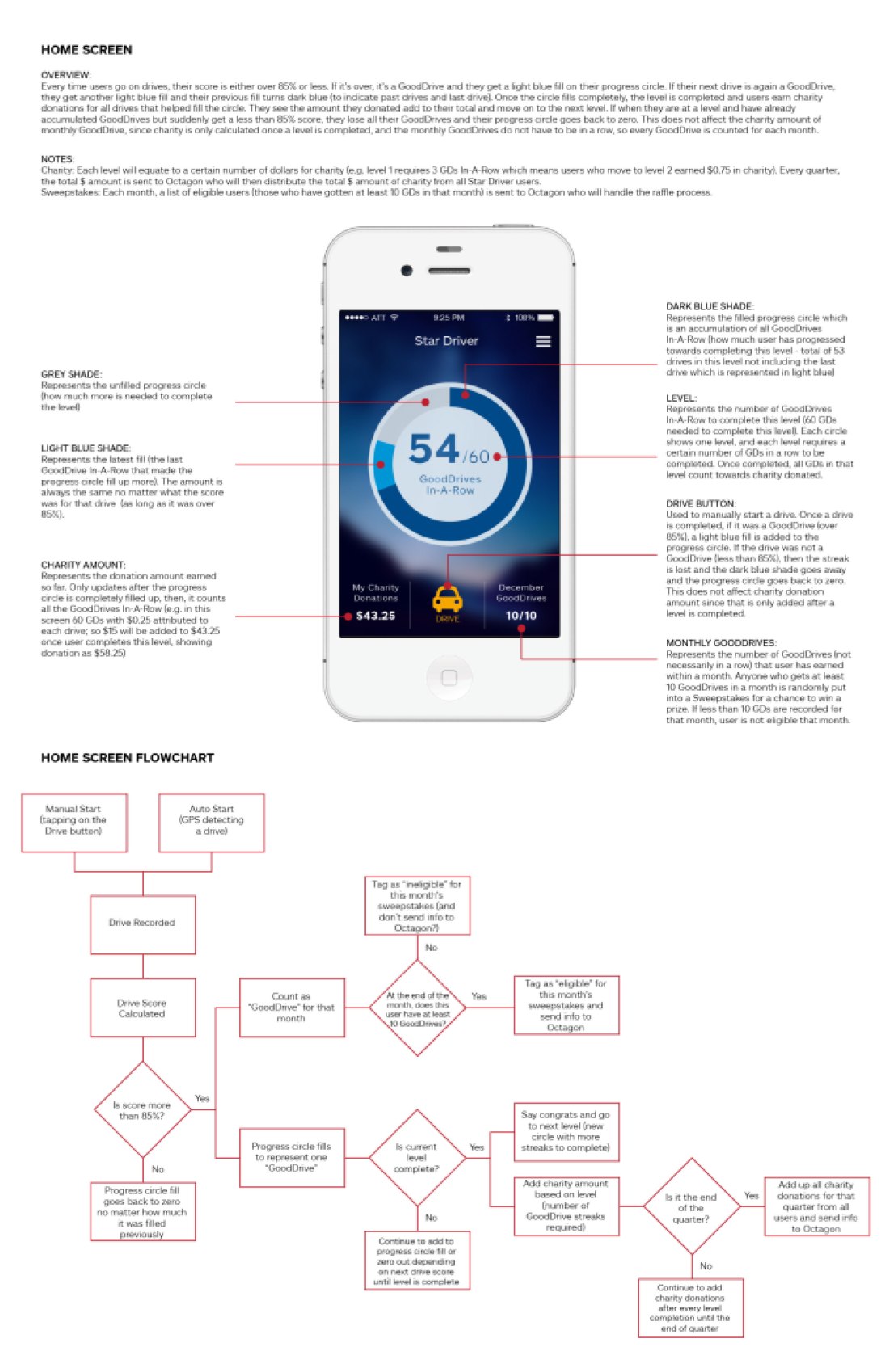
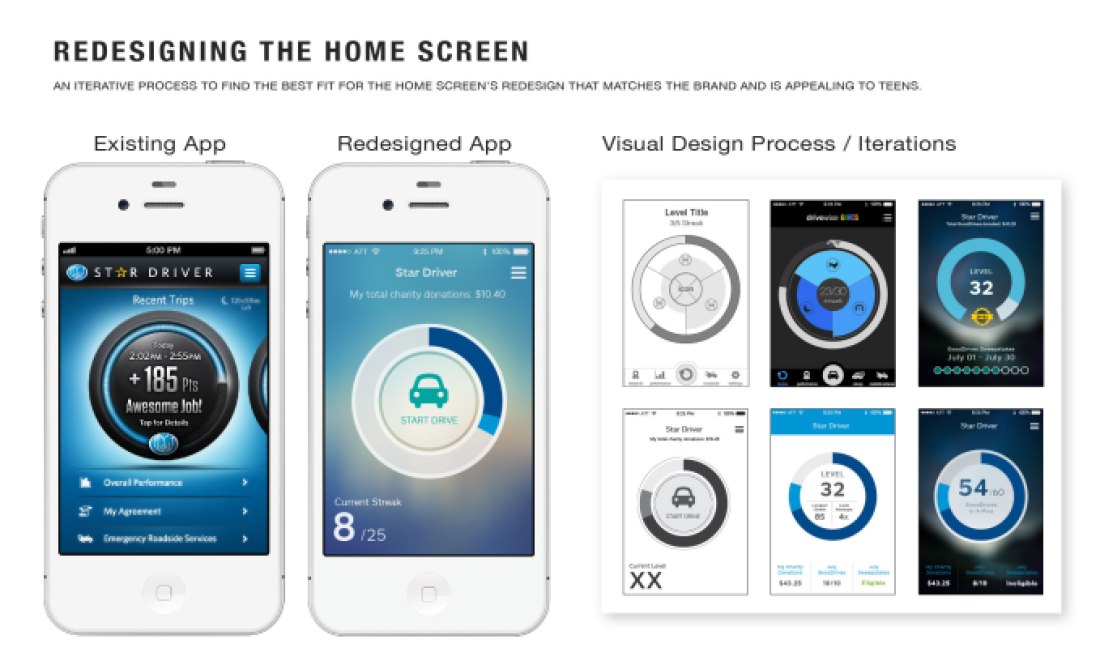
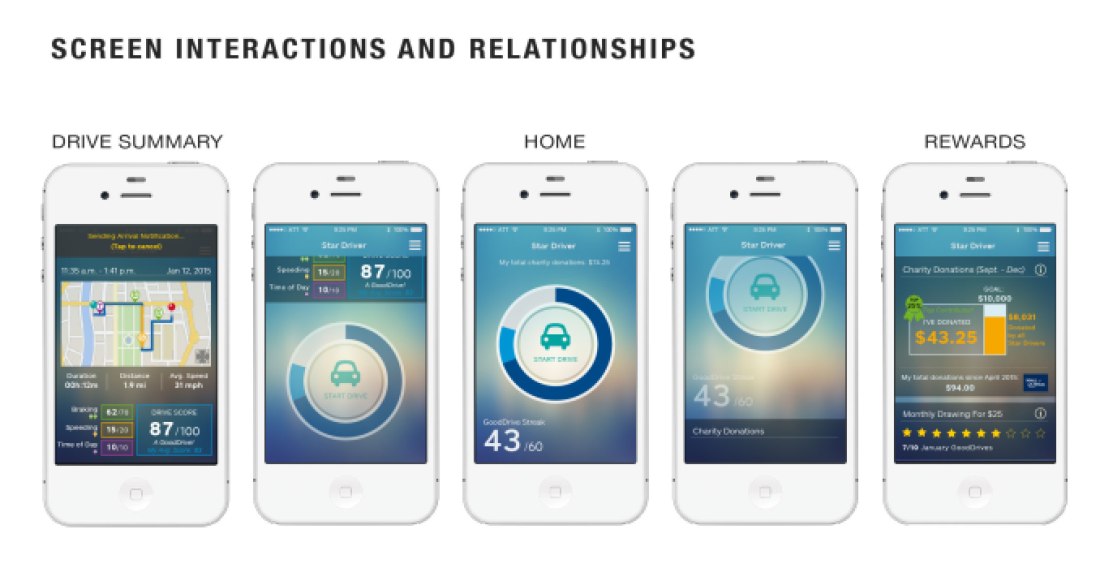



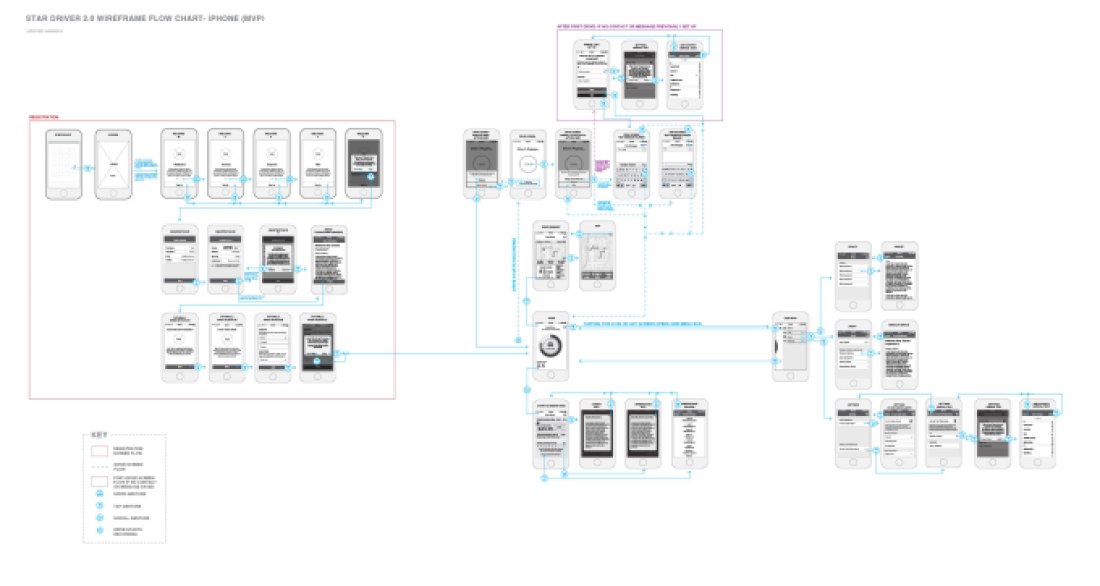 The UX overview represents all the final screens organized by their function for reference.
The UX overview represents all the final screens organized by their function for reference.